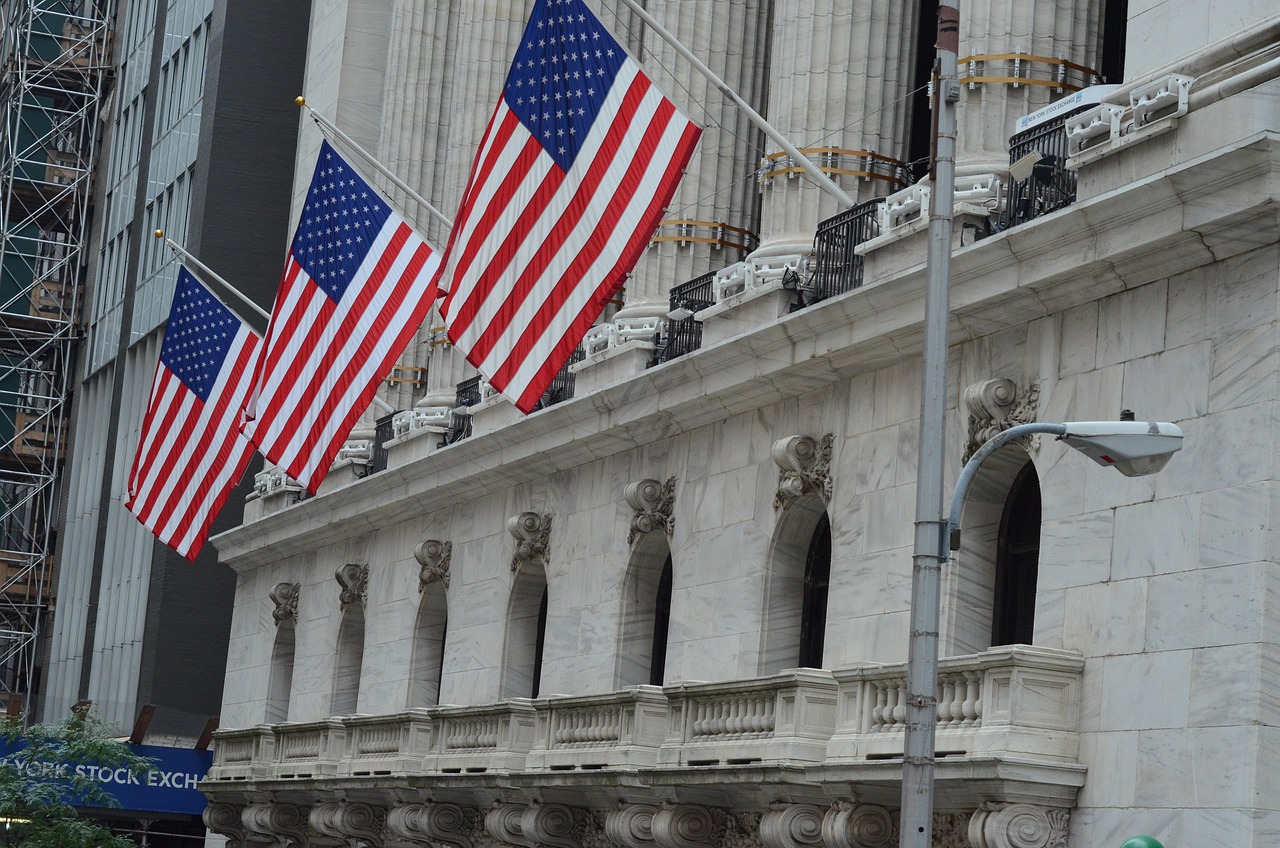/Robinhood%20app%20on%20phone%20by%20Andrew%20Neel%20via%20Unsplash.jpg)
The market continues to show some encouraging signs and if that continues, bull put spread trades could do well.
To execute a bull put spread, an investor would sell a naked put and then buy a further out-of-the-money put to create a spread.
A bull put spread is considered less risky than a naked put, because the losses are capped thanks to the bought put.
The following trades are short-term and high risk, so should only be considered by experienced option traders.
AVGO Bull Put Spread Example
Broadcom (AVGO) is above the 21, 50 and 200-day moving averages and is showing a 100% Buy rating with an Average short term outlook on maintaining the current direction.
Selling the February 28 put with a strike price of $220 and buying the $215 put would create a bull put spread.
This spread was trading for around $0.95 on Friday. That means a trader selling this spread would receive $95 in option premium and would have a maximum risk of $410.
That represents a 23% return on risk between now and February 28 if AVGO stock remains above $220.
If AVGO stock closes below $215 on the expiration date the trade loses the full $410.
The breakeven point for the bull put spread is $219.05 which is calculated as $220 less the $0.95 option premium per contract.
In terms of a stop loss, if the stock dropped below $225, I would consider closing early for a loss.
PLTR Bull Put Spread Example
Palantir (PLTR) stock has been on fire lately and is rated a 100% Buy with a Strongest short term outlook on maintaining the current direction.
Selling the February 28 put with a strike price of $110 and buying the $105 put would create a bull put spread.
This spread was trading for around $0.80 on Friday. That means a trader selling this spread would receive $80 in option premium and would have a maximum risk of $420.
That represents a 19% return on risk between now and February 28 if PLTR stock remains above $110.
If PLTR closes below $105 on the expiration date the trade loses the full $420.
The breakeven point for the bull put spread is $109.20 which is calculated as $110 less the $0.80 option premium per contract.
In terms of a stop loss, if the stock dropped below $110, I would consider closing early for a loss.
HOOD Bull Put Spread Example
Robinhood Markets (HOOD) is also in a strong uptrend, is rated a 100% Buy and ranks in the Top 1% of all short term signal directions.
Selling the February 28 put with a strike price of $61 and buying the $56 put would create a bull put spread.
This spread was trading for around $0.80 on Friday. That means a trader selling this spread would receive $80 in option premium and would have a maximum risk of $420.
That represents a 19% return on risk between now and February 28 if HOOD stock remains above $61.
If HOOD closes below $56 on the expiration date the trade loses the full $420.
The breakeven point for the bull put spread is $60.20 which is calculated as $61 less the $0.20 option premium per contract.
In terms of a stop loss, if the stock dropped below $61, I would consider closing early for a loss.
Please remember that options are risky, and investors can lose 100% of their investment.
This article is for education purposes only and not a trade recommendation. Remember to always do your own due diligence and consult your financial advisor before making any investment decisions.
On the date of publication, Gavin McMaster did not have (either directly or indirectly) positions in any of the securities mentioned in this article. All information and data in this article is solely for informational purposes. For more information please view the Barchart Disclosure Policy here.




/Tesla%20Inc%20tesla%20by-%20Iv-olga%20via%20Shutterstock(1).jpg)
/Chipotle%20Mexican%20Grill%20lunch%20by-%20dennizn%20via%20Shutterstock.jpg)

/Stickers%20with%20AMD%20Radeon%20and%20Nvidia%20GeForce%20RTX%20graphics%20on%20new%20laptop%20computer%20by%20Piotr%20Swat%20via%20Shutterstock.jpg)